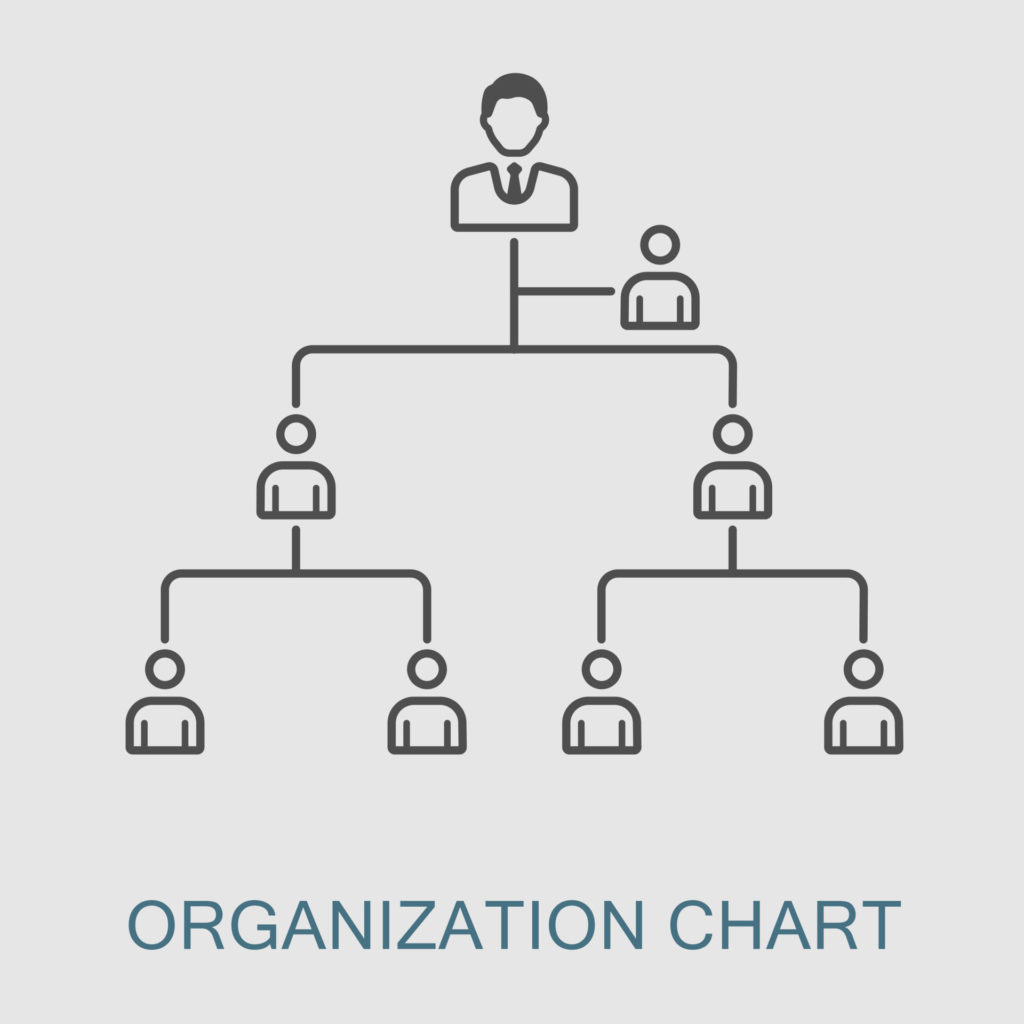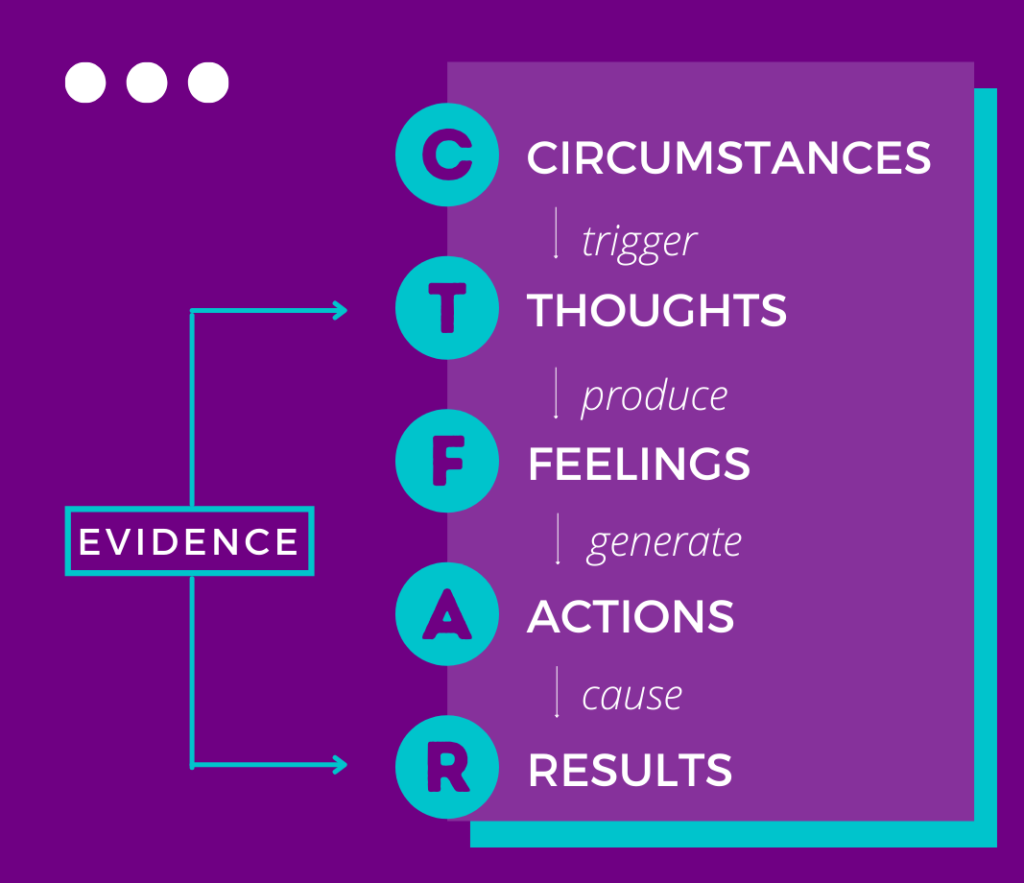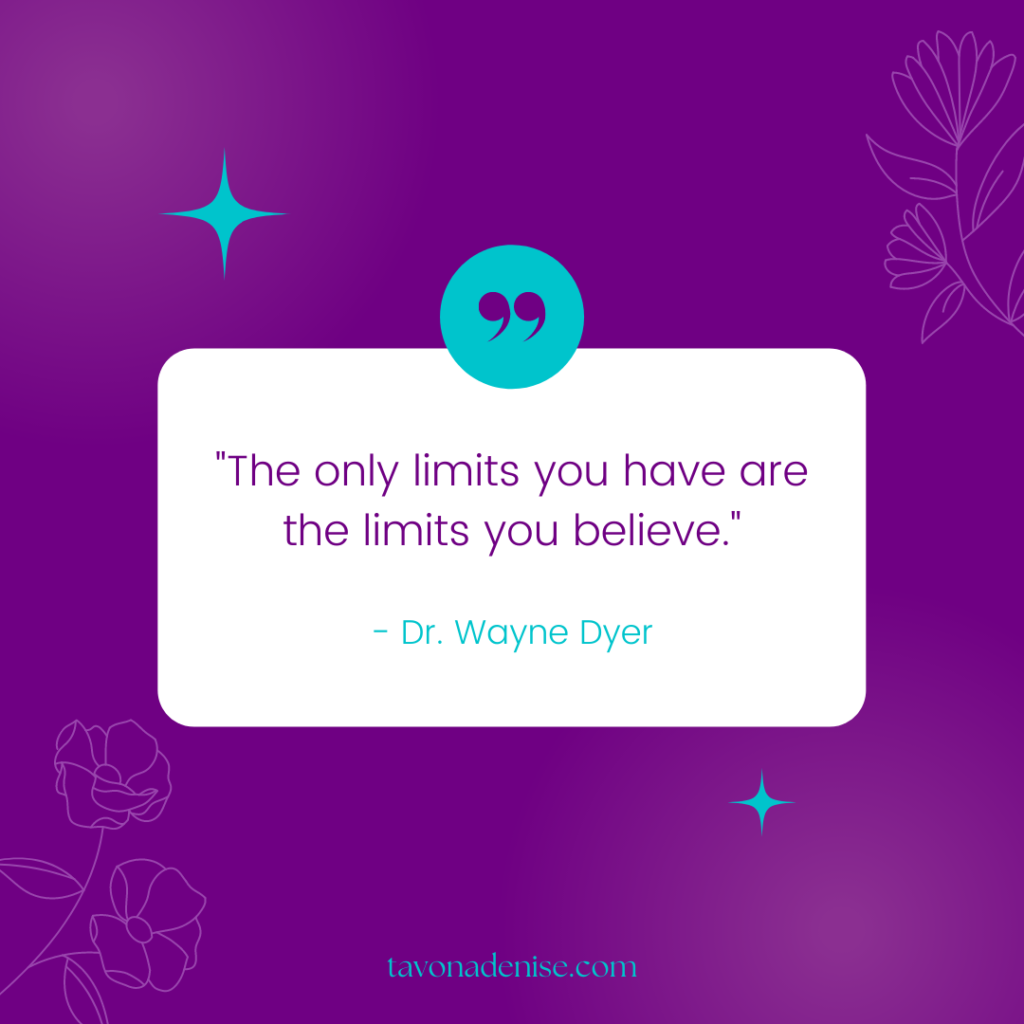Ahh, lists. If you’re a life coach, it’s likely that you rely on lists to keep your life organized. Lists help us plan out our future and keep our thoughts organized. They are a powerful tool. So when you’re starting your own business, you’re going to want to use lists as part of your toolkit.
After all, starting your own business can be overwhelming. While you may start out excited, motivated and bursting with ideas, those feelings can quickly devolve into feeling of fear, anxiety, and overwhelm. Creating lists when starting your own business can keep you accountable and prevent you from feeling so overwhelmed.
Contrary to what other so-called business experts will tell you, starting your own business isn’t only about money and strategy. It is also about mindset. As an entrepreneur, if your mind isn’t in the right place when starting a business, you’re going to a have a tough road ahead of you.
From personal experience starting my own business, I know that there are four types of lists you should create when starting your business:
- A Results List
- A Beliefs List
- An Ideas List, and
- A Support List
These four lists will make starting your own business so much easier. Read on for an in-depth description of the four types of lists you should create when starting your own business.
1. Results List
You’re probably wondering, why am I saying you should write a list of results instead of a list of goals? I do this because I believe in taking radical responsibility for the things we create in our lives.
When we look at The Thought Model, Results are the outcomes of the Action we take. And we can control our actions. If we create it, we can do something about it.
What happens I think when people create goals, is they say, “Okay, I want this goal, and so I will do X-amount of actions to achieve it.” But, they don’t take into account the Thoughts and Feelings they will need to accomplish that goal.
So, they end up relying on willpower or grit to force themselves to take the action over and over and over again. But that process isn’t necessarily sustainable. And it’s definitely not scalable.
What happens when you’re tired? When things don’t quite go your way? When you’re feeling frustrated, confused, disappointed? When you’re in those emotional states, you’re not doing the things that would lead to the result that you want.
So, instead, ask yourself: What results would I like to create in my business? (And remember, a result is dictated by actions we take over time.)
Put those results in the R-line of your Thought Model and ask yourself: what Actions do I need to take in order to create this result? And how do I need to Feel as I’m taking this action?
By laying down an emotional roadmap for yourself, you can avoid common pitfalls like frustration, exhaustion, doubt and overwhelm.
2. Beliefs List
A belief is a thought that we’ve decided is true. Thoughts that dictate what we do and what we don’t do. We create our results with our thoughts. So, we should probably be clear about what we believe, shouldn’t we?
Write down a list of the things that you currently believe about the different aspects of your business. Your beliefs about money, about selling, about your ability as an entrepreneur. Once you see all your beliefs, good and bad, you get to decide what you want to believe.
Then, write down what you want to believe about yourself, about your business, about sales and money. And generate thoughts that make you feel determined, motivated, committed and excited. It’s important to cultivate beliefs that serve us rather than prevent us from taking positive action.
But remember, a belief is a thought that you’ve just kept on thinking. Whether or not we have direct evidence, beliefs are usually associated with strong emotion.
It takes practice and work to dismantle your beliefs, especially if you’ve been beating the drum over and over again, telling yourself the same thing for a while.
3. Idea list
If you’re anything like me, you’re an idea generator. I love coming up with things to do.
The challenge is when I have to implement the thing that I’m doing. What happens is, either I don’t do anything because I’m paralyzed with indecision (What if I pick the wrong thing?) Or, I start a bunch of tasks that I never find myself finishing, which is also not productive.
That’s where the Idea List comes in handy when starting a business.
Essentially, every time you come up with an idea for your business, you put it on the list. That way, you give it love, you give it attention, but you get to continue to practice constraint by staying focused on what you’re currently doing.
When you write your idea down on a list, the idea is no longer draining your brainpower, sitting in the back of your mind saying, “Hey, look at me, look at me look at me!”
You’ve put it on your Idea List and you don’t have to worry about forgetting it because it’s on there. You can always go back to it in the future.
4. Support List

Write out where and how you need support. Then, think about who you can delegate it to.
The best way to go about this is by creating an organizational chart. Right now, your name is going to be in all of those spots, because you’re the only person in your business. But at some point, you’re going to get to a place where it’s not the best use of your time to do everything. So, then you hire someone to delegate those tasks to.
When I first started my business, I thought about creating a team who could do the tasks that I was already doing, but I wasn’t great at or didn’t enjoy doing. So, I asked myself: Who would I hire first? Who could really help me to build this business to eventually have more revenue and even more resources to hire other people and get their support?
You can write this in terms of people and in terms of tasks.
I’m terrible at graphics, so I hired someone for graphics right away. I also hired someone for administrative tasks.
And it doesn’t just have to be just for your business. It could be having a housecleaner come in, or a bookkeeper. It could be a chef or a food service delivery.
And it doesn’t necessarily have to be a person, it can even be tools or software.
So write it down: where do you need support? And how can you get support?
Believe me, once you get these four lists going for your business, you will feel a lot more calm, organized and motivated when moving forward.
And considering every action we take is generated by a feeling, there are no better feelings than these to have when you’re creating your own business. Happy planning!
Click here to listen via iTunes or Spotify. Prefer to read the Transcript? Click here.
👩👩 Join the FB group conversation
💌Join the Thrive Network E-mail & get the Sunday Blues Antidote




